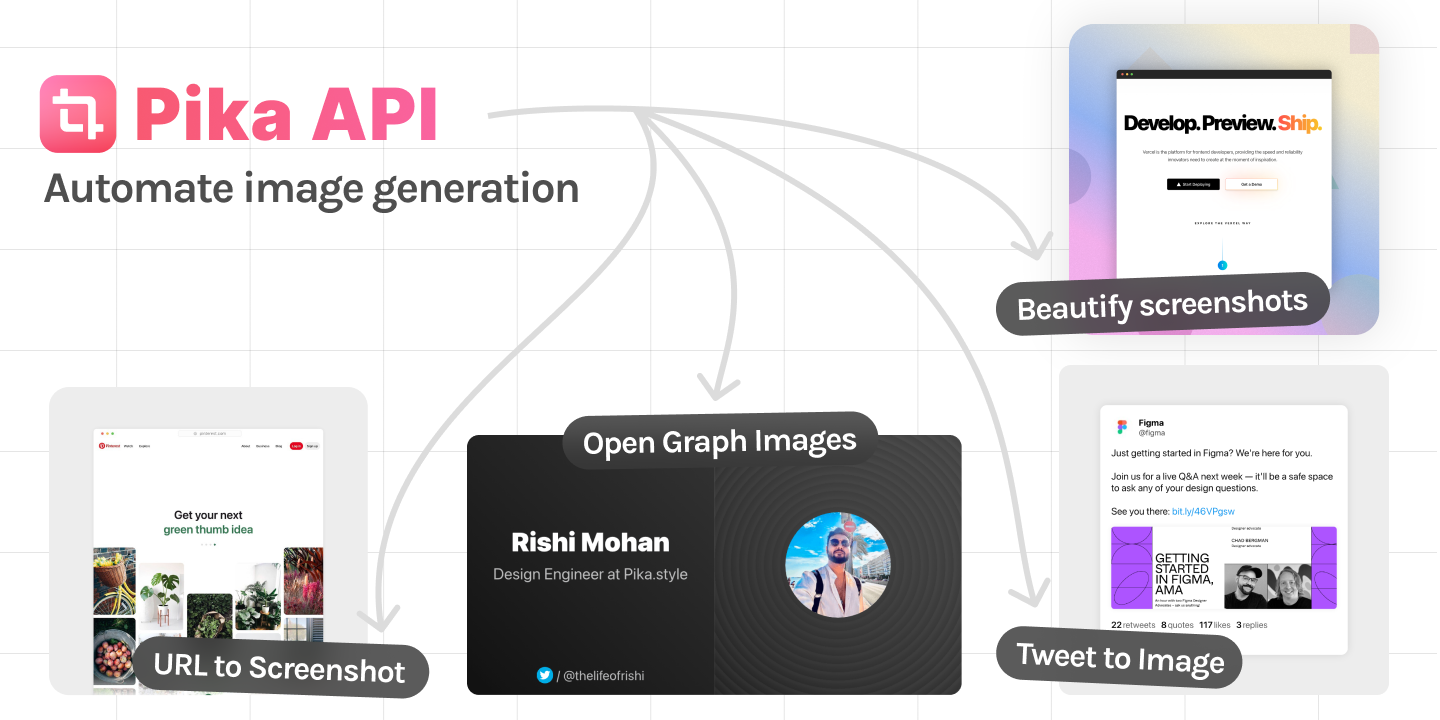In the rapidly evolving landscape of digital communication, messaging systems play a pivotal role in facilitating real-time interactions between users, applications, and services. Among the myriad of messaging solutions available, the Pika API stands out as a versatile and powerful tool for building scalable and efficient messaging applications. In this article, we’ll delve into the world of messaging technology and explore the capabilities of the Pika API, shedding light on its features, functionalities, and potential applications.
Understanding the Pika API:
Pika is a feature-rich, open-source messaging library for Python that enables developers to interact with RabbitMQ, a robust message broker. The Pika API provides a high-level interface for sending and receiving messages via RabbitMQ, making it easier for developers to incorporate messaging functionality into their applications. Whether it’s implementing task queues, event-driven architectures, or distributed systems, the Pika API offers the flexibility and reliability needed to build resilient messaging solutions.
Key Features and Functionality:
- Asynchronous Messaging: The Pika API supports asynchronous communication patterns, allowing messages to be sent and received without blocking the application’s main execution thread. This asynchronous model enhances application responsiveness and scalability, enabling efficient handling of large volumes of messages.
- Publish-Subscribe Model: With Pika, developers can implement the publish-subscribe messaging pattern, where messages are broadcast to multiple consumers subscribed to specific topics or channels. This pattern is ideal for building event-driven architectures, real-time data processing systems, and message broadcasting applications.
- Reliability and Fault Tolerance: Pika leverages RabbitMQ’s robust messaging infrastructure, which provides features such as message acknowledgments, message durability, and fault tolerance mechanisms. This ensures that messages are reliably delivered even in the presence of network failures, node crashes, or other unforeseen events.
- Queue Management: The Pika API offers comprehensive queue management capabilities, allowing developers to create, delete, and manage queues dynamically. Queues can be configured with various properties such as message TTL (time-to-live), maximum queue size, and message prioritization, enabling fine-grained control over message processing behavior.
- Integration with RabbitMQ Features: Pika seamlessly integrates with RabbitMQ’s advanced features, including exchanges, bindings, routing keys, and message routing rules. This enables developers to implement sophisticated message routing and filtering logic, supporting complex messaging workflows and use cases.
Potential Applications:
The versatility of the Pika API lends itself to a wide range of messaging applications and use cases:
- Task Queues and Job Processing: Developers can use Pika to implement task queues for asynchronous job processing, task scheduling, and workload distribution across multiple workers or nodes.
- Real-Time Chat Applications: Pika enables the development of real-time chat applications, messaging platforms, and collaboration tools that facilitate instant communication and seamless message exchange between users.
- Event-Driven Microservices: Pika is well-suited for building event-driven microservices architectures, where services communicate asynchronously via message brokers, enabling loose coupling, scalability, and resilience.
- IoT Messaging: Pika can be used to develop messaging solutions for the Internet of Things (IoT), facilitating communication between IoT devices, sensors, and gateways in distributed IoT ecosystems.
- Distributed Systems Integration: Pika provides a reliable communication layer for integrating components of distributed systems, such as microservices, serverless functions, and cloud-based applications, enabling seamless interaction and data exchange between disparate system components.
Below is an example of how you can use the Pika API to publish messages to a RabbitMQ queue and consume them asynchronously:
import pika
import threading
class MessagingService:
def __init__(self, host, queue_name):
self.host = host
self.queue_name = queue_name
self.connection = None
self.channel = None
def connect(self):
self.connection = pika.BlockingConnection(pika.ConnectionParameters(host=self.host))
self.channel = self.connection.channel()
self.channel.queue_declare(queue=self.queue_name)
def publish_message(self, message):
self.channel.basic_publish(exchange='', routing_key=self.queue_name, body=message)
print(f"Message '{message}' published to queue '{self.queue_name}'")
def consume_messages(self):
self.channel.basic_consume(queue=self.queue_name, on_message_callback=self.handle_message, auto_ack=True)
print(f"Consuming messages from queue '{self.queue_name}'...")
self.channel.start_consuming()
def handle_message(self, channel, method, properties, body):
print(f"Received message: {body.decode('utf-8')}")
# Define RabbitMQ connection parameters
RABBITMQ_HOST = 'localhost'
QUEUE_NAME = 'test_queue'
# Initialize messaging service
messaging_service = MessagingService(RABBITMQ_HOST, QUEUE_NAME)
messaging_service.connect()
# Publish messages
messages_to_publish = ["Hello", "World", "This", "Is", "A", "Test"]
for message in messages_to_publish:
messaging_service.publish_message(message)
# Create a separate thread to consume messages asynchronously
consume_thread = threading.Thread(target=messaging_service.consume_messages)
consume_thread.start()
# Wait for the thread to finish consuming messages
consume_thread.join()
# Close the connection
messaging_service.connection.close()
In this code:
- We define a
MessagingServiceclass that encapsulates the functionality to connect to RabbitMQ, publish messages to a specified queue, and consume messages from the queue asynchronously. - The
connect()method establishes a connection to RabbitMQ and declares a queue. - The
publish_message()method publishes a message to the queue. - The
consume_messages()method sets up a message consumer that listens for messages on the queue and invokes thehandle_message()method to process each incoming message. - We create an instance of
MessagingServiceand publish a list of messages to the queue. - We create a separate thread to consume messages asynchronously using the
consume_messages()method. - Finally, we wait for the consumer thread to finish and close the RabbitMQ connection.
Make sure you have the pika library installed (pip install pika) to interact with RabbitMQ using the Pika API. Additionally, ensure that RabbitMQ is running locally on the specified host (localhost) and that the queue (test_queue) exists.
Conclusion:
In conclusion, the Pika API serves as a powerful tool for building scalable, reliable, and efficient messaging applications. Whether it’s implementing asynchronous communication, pub-sub messaging patterns, or sophisticated message routing logic, Pika empowers developers to architect robust messaging solutions that meet the demands of modern distributed systems. By leveraging the capabilities of the Pika API, developers can unlock new possibilities in real-time communication, event-driven architectures, and distributed computing, driving innovation and enhancing user experiences in the digital age.


